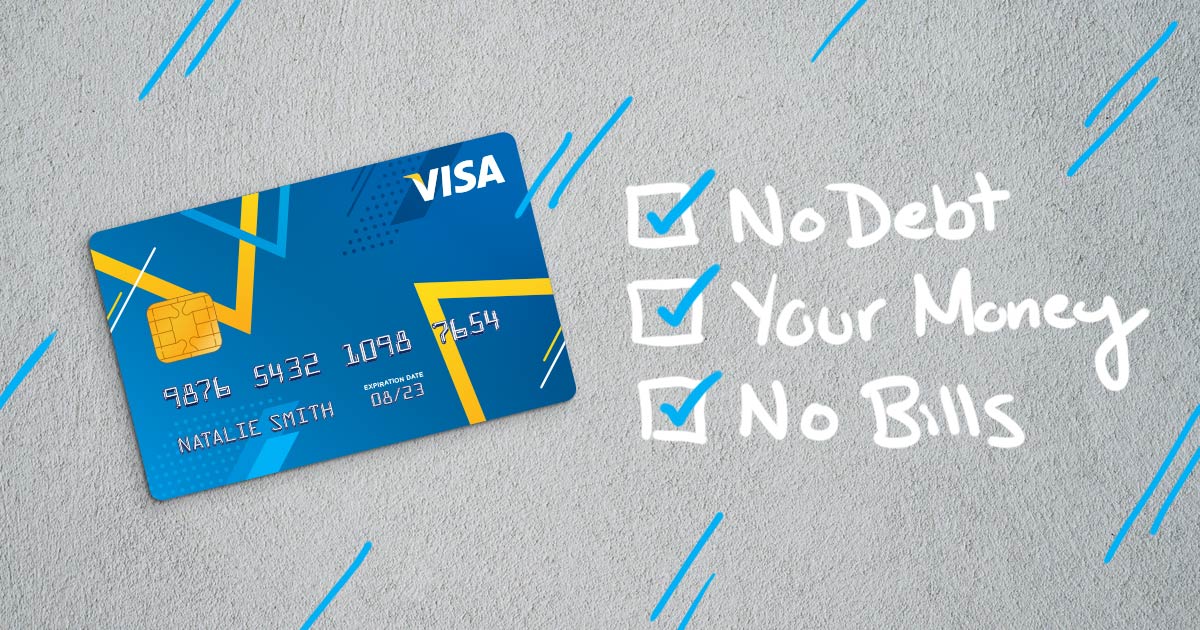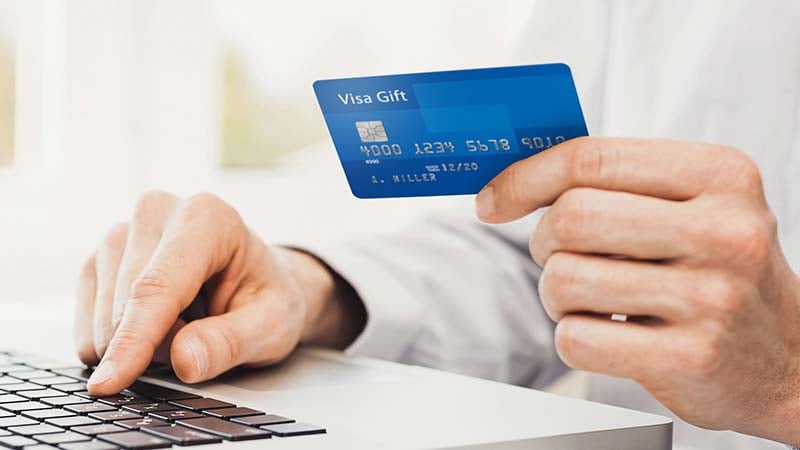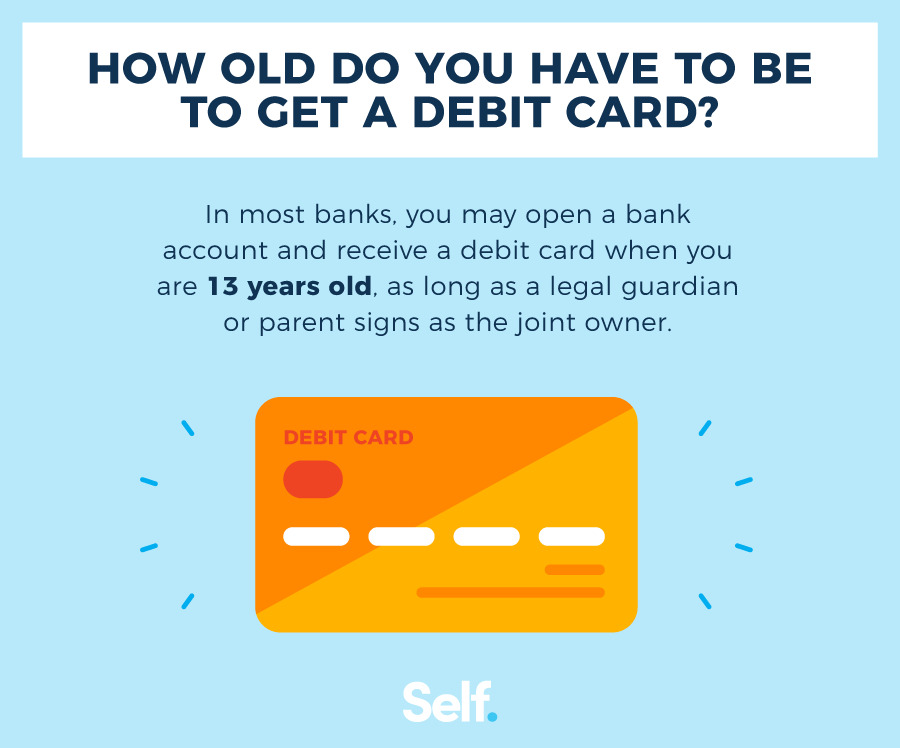How To Check How Much Is On Your Debit Card

Keeping track of your debit card balance is crucial for responsible financial management. In today's fast-paced world, overdraft fees and declined transactions can be easily avoided with a few simple checks.
This article outlines various methods to check your debit card balance, ensuring you're always in the know about your available funds. Understanding these options can help you stay on top of your finances and avoid unnecessary charges.
Multiple Avenues for Balance Inquiry
Numerous methods are available to check your debit card balance, catering to different preferences and technological access. The most common include online banking, mobile banking apps, ATM inquiries, phone banking, and in-person visits to your bank branch.
Online Banking: Accessing Your Account from Anywhere
Most banks offer online banking services, allowing you to view your account balance and transaction history from your computer or tablet. Simply log in to your bank's website using your username and password.
Once logged in, navigate to your account summary page, where your current balance will be displayed. This method is convenient and accessible 24/7, providing real-time information about your account.
Mobile Banking Apps: Banking on the Go
Mobile banking apps offer a similar level of convenience to online banking but are optimized for smartphones. Download your bank's app from the App Store (iOS) or Google Play Store (Android).
After logging in with your credentials, you can quickly view your balance and recent transactions. Many apps also offer features like push notifications to alert you of low balances or significant transactions.
ATM Inquiries: A Traditional Method
Using an ATM remains a popular option for checking your balance. Insert your debit card into the ATM and enter your PIN.
Select the "Balance Inquiry" option from the menu. Your current balance will be displayed on the screen and printed on a receipt, if you choose.
Phone Banking: Talking to a Representative or Automated System
Many banks offer phone banking services, allowing you to check your balance by calling a designated number. You may be able to use an automated system, often requiring you to enter your account number and PIN via the keypad.
Alternatively, you can speak to a customer service representative who can provide your balance information after verifying your identity. Be aware that call volumes might lead to longer wait times.
In-Person Visits: A Personal Touch
Visiting your local bank branch allows you to speak directly with a bank teller. Provide your debit card and identification to the teller, who can then access your account information and provide your current balance.
This method is particularly useful if you have questions or concerns about your account. This is a good way to resolve any issues that require more explanation.
Security Considerations
Regardless of the method you choose, prioritize security to protect your financial information. Always use strong, unique passwords for online and mobile banking.
Be wary of phishing scams and never share your PIN or account details with anyone over email or phone. Regularly review your transaction history for any unauthorized activity.
Impact and Conclusion
Regularly checking your debit card balance is essential for maintaining financial control and avoiding unexpected fees. By utilizing the various methods outlined, you can stay informed about your spending habits and ensure you have sufficient funds available.
Staying on top of your account balance can contribute to better financial planning and overall financial well-being. Be vigilant about security, and your financial life will be much easier.


















